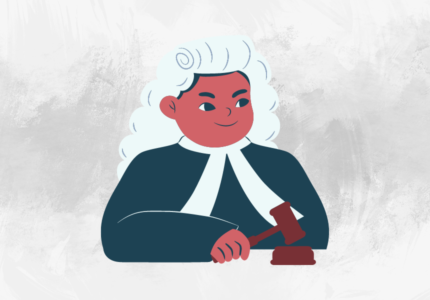
A friend recently interviewed a candidate for a job who had more than 35 years of experience working as an aircraft mechanic for the position. You would think this was a great thing, right? Yes and no. Yes, as his knowledge is highly sought-after. If the only thing he sold was his skills, he was likely to be a part of the woodwork.
The client was able to disassemble and rebuild the Sikorsky helicopter while asleep. He was knowledgeable concerning Airbus A320, Boeing 707 7, 727, 727, 737, 747 and 757ER aircraft in addition to Jetstream, Lockheed L-188 and MD11 as well as Jetstream, Lockheed L-188, L1011 MD88 and MD11. His resume was stuffed with evidence of his accomplishments in A, B, C, D and phase examinations. He had performed line maintenance with a background in troubleshooting. Repairs, dismantled and then assembled a variety of subassemblies for various aircraft. He’d rigged flight controls. He’d also performed system functional and operational tests.
Where was HE in the whole thing?
In the resume, nowhere was there any reason for why an employer should select him over another aircraft mechanic with over 35 years of experience. His resume was a compilation of details, and there was no mention of performance. Did he accept responsibility for his work regardless of whether or not the job title demanded it? Did he focus on large-scale or difficult projects? Did he have an official security clearance? Did he get a chance to travel to different locations to work on certain assignments? Did he have any inkling that the lives of others depended on him doing his job correctly the first time? Or did his tasks need to be taken over by somebody else?
Your resume requires much more than your skills. The prospective employer knows, after all, knows what an aeroplane mechanic should do. However, what employers are seeking is an individual who stood apart from the others and whose work exhibited the additional “something” that made it unique. This employer is seeking ACCOMPLISHMENTS, not just a list of tasks.
Check out these details that were taken from a resume of a job seeker:
Fixed Wing Aircraft:
Hanger maintenance. Completed A, B, C, D, and phases checks. Line maintenance and expertise in diagnosing electrical, hydraulic and pneumatic systems as well as documenting any discrepancies. Repair, disassemble, and install various subassemblies for diverse aircraft. Rigging flight controls. Functional and operational checks of systems
Rotor Wing Aircraft:
Install and assemble 1st, 2nd as well as 3rd-stage mechanical systems comprising transmissions, engines fuel, subassemblies and subassemblies. Arrange and install A/C, oxygen EMS, as well as cargo hooks systems. Assist with structural tasks as required.
I’m sure the person who wrote it believed that these things were significant and, within the context of things, they’re. The only thing the candidate provided in the job description is what it says. The job description is not revealing anything about the person who is doing the job. It does not provide any information about the quality of his work and gives the employer no reason to pick him over another skilled mechanic.
Here’s what he may have stated:
* Selected as team leader on a helicopter modification project. Responsible for seven assembly technicians who were responsible for the maintenance of lines and investigating problems in hydraulic, electrical and pneumatic systems, as well as recording any discrepancies. The team was awarded for the fastest turnover and zero imperfections.
* Created a new aileron to be used in Flying Shoe that won $2.5 million in production contracts.
Acquired a reputation as the expert company in the assembly and installation of first and second-stage mechanical systems. These include engines, transmissions, fuel, and subassemblies.
* Held the top-secret security clearance and frequently travelled to places that are located in Guam, American Samoa, Thailand and Morocco for emergency repairs to parts such as EMS oxygen, A/C or cargo hook systems.
The reputation was built on getting the job done right the first time. Often called in to rectify the mistakes made by other people.
The second one does not just include the applicant on the resume but also explains how he made an impact on the previous employer. It highlights why he was unique and gives the potential employer a reason to place his resume on the “Yes” pile.
With an average of around 400 resumes submitted for the same job, Your resume requires more than just experience. It requires YOU. Try it!





